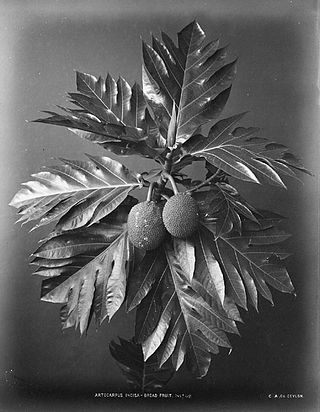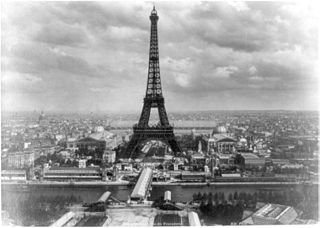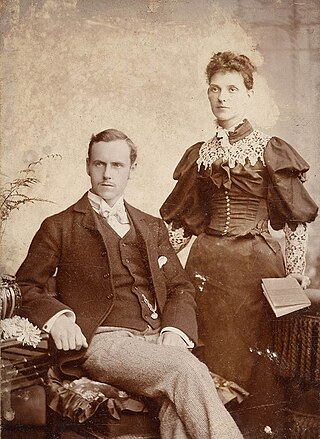Color or colour is the visual perceptual property corresponding in humans to the categories called red, yellow, blue, green, etc.

Black-and-white images combine black and white in a continuous spectrum, producing a range of shades of grey.

A monochrome or monochromatic image, object or palette is composed of one color. Images using only shades of grey are called grayscale or black-and-white. In physics, monochromatic light refers to electromagnetic radiation that contains a narrow band of wavelengths, which is a distinct concept.
In digital photography, computer-generated imagery, and colorimetry, a grayscale image is one in which the value of each pixel is a single sample representing only an amount of light; that is, it carries only intensity information. Grayscale images, a kind of black-and-white or gray monochrome, are composed exclusively of shades of gray. The contrast ranges from black at the weakest intensity to white at the strongest.
Shades of gray or shades of grey refers to variations of the color gray.

Monochromatic painting has been an important component of avant-garde visual art throughout the 20th century and into the 21st century. Painters have created the exploration of one color, examining values changing across a surface, texture, and nuance, expressing a wide variety of emotions, intentions, and meanings in many different forms. From geometric precision to expressionism, the monochrome has proved to be a durable idiom in Contemporary art.

Grisaille is a painting executed entirely in shades of grey or of another neutral greyish colour. It is particularly used in large decorative schemes in imitation of sculpture. Many grisailles include a slightly wider colour range. Paintings executed in brown are referred to as brunaille, and paintings executed in green are called verdaille.

Yann Tiersen is a French Breton musician and composer. His musical career is split between studio recordings, music collaborations and film soundtracks songwriting. His music incorporates a large variety of classical and contemporary instruments, primarily the electric guitar, the piano, synthesisers and the violin, but also instruments such as the melodica, xylophone, toy piano, harpsichord, piano accordion or even typewriter.
Color printing or colour printing is the reproduction of an image or text in color. Any natural scene or color photograph can be optically and physiologically dissected into three primary colors, red, green and blue, roughly equal amounts of which give rise to the perception of white, and different proportions of which give rise to the visual sensations of all other colors. The additive combination of any two primary colors in roughly equal proportion gives rise to the perception of a secondary color. For example, red and green yields yellow, red and blue yields magenta, and green and blue yield cyan. Only yellow is counter-intuitive. Yellow, cyan and magenta are merely the "basic" secondary colors: unequal mixtures of the primaries give rise to perception of many other colors all of which may be considered "tertiary".
Camaïeu is a technique that employs two or three tints of a single color, other than gray, to create a monochromatic image without regard to local or realistic color. When a picture is monochromatically rendered in gray, it is called grisaille; when in yellow, cirage.
Colourless or colorless may refer to:

In photography, toning is a method of altering the color of black-and-white photographs. In analog photography, it is a chemical process carried out on metal salt-based prints, such as silver prints, iron-based prints, or platinum or palladium prints. This darkroom process cannot be performed with a color photograph. The effects of this process can be emulated with software in digital photography. Sepia is considered a form of black-and-white or monochrome photography.

In color theory, a color scheme is the choice of colors used in various artistic and design contexts. For example, the "Achromatic" use of a white background with black text is an example of a basic and commonly default color scheme in web design.
Shade, Shades or Shading may refer to:

Monochrome photography is photography where each position on an image can record and show a different amount of light, but not a different hue. It includes all forms of black-and-white photography, which produce images containing shades of neutral grey ranging from black to white. Other hues besides grey, such as sepia, cyan, blue, or brown can also be used in monochrome photography. In the contemporary world, monochrome photography is mostly used for artistic purposes and certain technical imaging applications, rather than for visually accurate reproduction of scenes.
A colorist is a comics artist responsible for adding color to black-and-white line art.

Monochrome printmaking is a generic term for any printmaking technique that produces only shades of a single color. While the term may include ordinary printing with only two colors — "ink" and "no ink" — it usually implies the ability to produce several intermediate colors between those two extremes.








